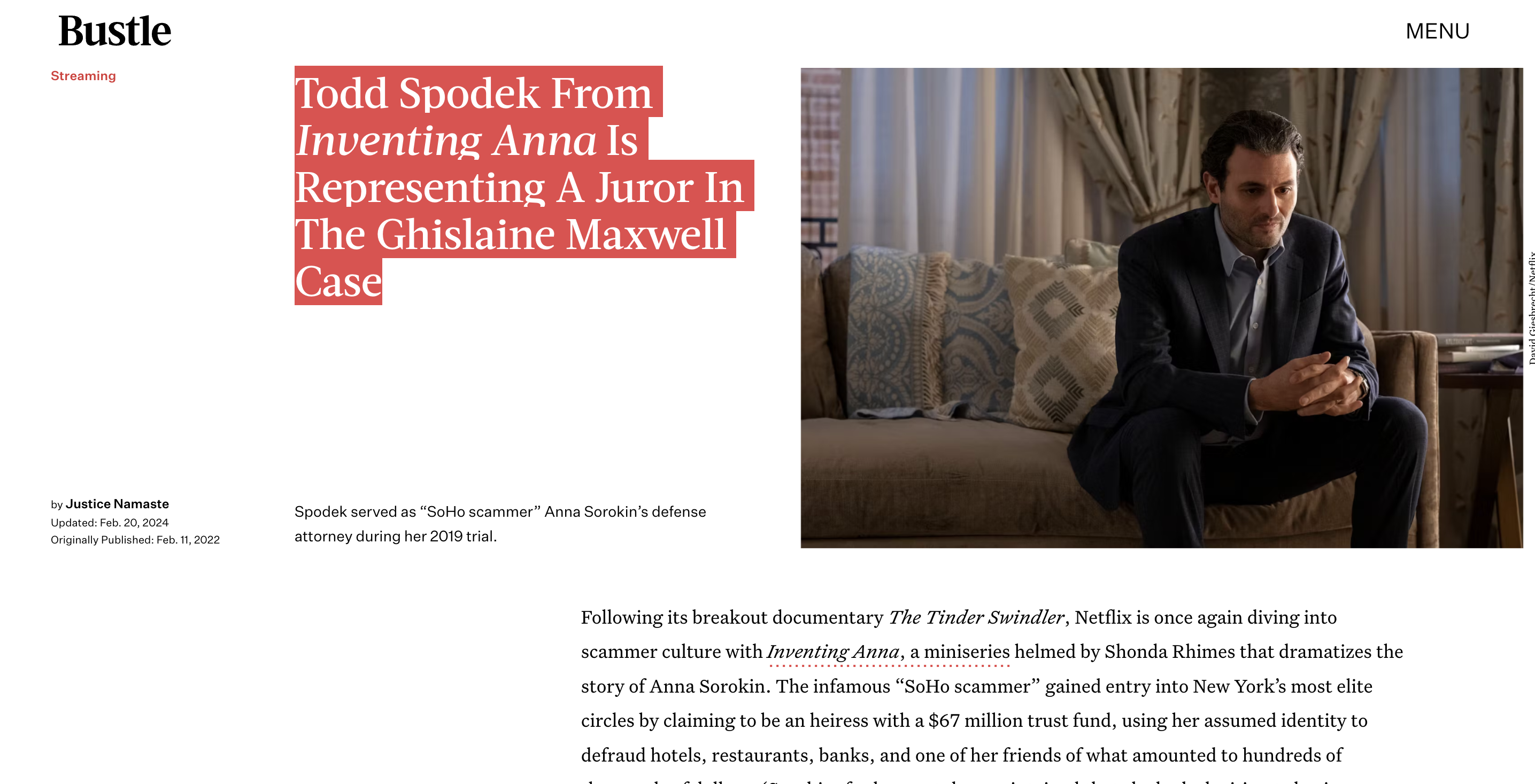Blog
How the Loss Amount Drives Sentence Length in Counterfeiting Cases
Contents
- 1 How the Loss Amount Drives Sentence Length in Counterfeiting Cases
How the Loss Amount Drives Sentence Length in Counterfeiting Cases
Counterfeiting cases involve the production of fake goods or currency to defraud buyers. The severity of the sentence depends largely on the monetary loss caused by the counterfeiting scheme. This article examines how federal sentencing guidelines tie sentence length to loss amounts in counterfeiting convictions.
Background on Counterfeiting Crimes
Counterfeiting undermines trust in legitimate markets and erodes consumer confidence. It also deprives governments of tax revenue and brands of income from authentic sales [1]. That’s why both federal and state laws impose strict penalties.

Common counterfeit items include :
- Designer clothing and accessories
- DVDs and software
- Auto parts
- Pharmaceuticals
- Currency
Penalties at the federal level are guided by the United States Sentencing Guidelines for counterfeiting offenses. These rules provide a framework for determining sentences based on the circumstances of each case.
How Loss Amount Drives Sentence Length
A key factor that influences sentence length in federal counterfeiting cases is the loss amount – meaning the financial loss caused by the counterfeiting scheme. This includes both actual loss that already occurred and intended or potential loss [2].
According to federal sentencing guidelines:
- Loss amounts under $6,500 generally have no impact on the sentence
- Losses between $6,500 and $15,000 add 2-4 months to the sentence
- Losses between $15,000 and $40,000 add 8-14 months
- Losses above $550,000 can add over 5 years to the sentence
So in counterfeiting cases, the financial damage inflicted has a direct and significant effect on the prison term. Harsher sentences are imposed as losses rise into the tens or hundreds of thousands of dollars.
Real-World Examples
To see how this sentencing dynamic plays out, let’s look at two real counterfeiting cases:
Case 1: Small Counterfeiting Operation
John used basic equipment in his basement to produce about $3,000 in fake $20 bills over a few months. He passed some of the bills at local stores himself and sold the rest to an informant working with law enforcement.
The actual loss amount was less than $3,000. Under federal guidelines, this figure would not increase John’s prison sentence above the base level.
John pled guilty to counterfeiting charges. He received 1 year and 1 day in federal prison.
Case 2: Large Counterfeiting Scheme
Mike ran an international counterfeiting ring that produced over $550,000 in fake designer goods. He had contacts manufacture the items overseas, then imported and sold them online over a period of 5 years.
The intended loss amount was over $550,000. Under federal guidelines, this added over 5 years to Mike’s recommended prison sentence.
Mike was convicted at trial of trafficking in counterfeit goods. He was sentenced to 9 years in federal prison.
The huge disparity between these two cases highlights the direct relationship between loss amount and sentence length.
Use of Sentencing Enhancements
Beyond the loss amount, other sentencing enhancements can also come into play:
- Manufacturing – Harsher penalties apply if the defendant manufactured or produced the counterfeit items. This reflects the central role they played [3].
- Organized scheme – Participating in an organized counterfeiting operation with multiple people also increases sentences.
- Repeat offenses – Prior convictions related to counterfeiting ratchet up sentences for repeat offenders.
These enhancements can tack on several more years in prison when applied.
Defenses and Mitigating Factors
While loss amounts generally control sentences in federal counterfeiting cases, some defenses and mitigating factors may reduce prison time:
- Cooperation – Providing “substantial assistance” to prosecutors, such as testifying against co-conspirators, may warrant a reduced sentence [4].
- Minimal role – Playing a minor part in the scheme, with limited knowledge or gain, may justify a shorter sentence.
- Acceptance of responsibility – Pleading guilty and expressing genuine remorse can secure a sentencing reduction.
However, the central importance of loss amounts in the sentencing calculus means these factors typically only decrease prison time by months, not years.
State Laws and Penalties
While this article focuses on federal sentencing guidelines, states also prosecute counterfeiting crimes:
- Most state laws punish counterfeiting with up to 25 years in prison and $250,000 in fines [5].
- Sentencing typically depends on the value of counterfeit items passed or produced.
- Other factors like prior offenses may enhance sentences.
So state penalties share the core dynamic of harsher punishment for larger counterfeiting operations causing more financial damage.
Expert Evidence in Counterfeiting Trials
Document examination by handwriting and forensic specialists provides crucial evidence in many counterfeiting cases. Experts analyze features like:
- Paper, ink, printing techniques
- Simulated signatures, seals, letterhead
- Digital scanning and editing
Their testimony often proves whether a document was forged or counterfeited. This evidence can decisively establish guilt when counterfeiting methods were sophisticated .
Financial and Economic Impacts
Beyond direct losses to consumers and companies, counterfeiting drains government revenue and dampens economic growth:
- Counterfeits displace sales of authentic goods, reducing profits and tax payments.
- Brand damage undercuts future sales.
- Consumer distrust slows commerce.
The Organization for Economic Cooperation and Development estimates global trade in counterfeit goods costs governments and firms over $250 billion per year.
These huge economic impacts demonstrate why authorities prioritize the enforcement of intellectual property rights through strict anti-counterfeiting laws.
Conclusion
Counterfeiting carries serious penalties under both federal and state laws. Sentences largely track the monetary losses inflicted by fake goods flooding markets.
Defendants face years or even decades in prison for causing hundreds of thousands in financial damage through large-scale counterfeiting schemes. But sentences remain modest for small-time offenders passing only a few thousand in phony bills or merchandise.
Expert evidence often proves decisive in establishing guilt and quantifying monetary harm from counterfeiting. Sophisticated document examination can reveal even hard-to-detect forms of forgery.
Stringent anti-counterfeiting enforcement aims to protect consumers, safeguard government revenues, and shield brands from economic damage. By tying prison time to money losses,, current laws impose harsher sentences where financial impacts were most severe.









